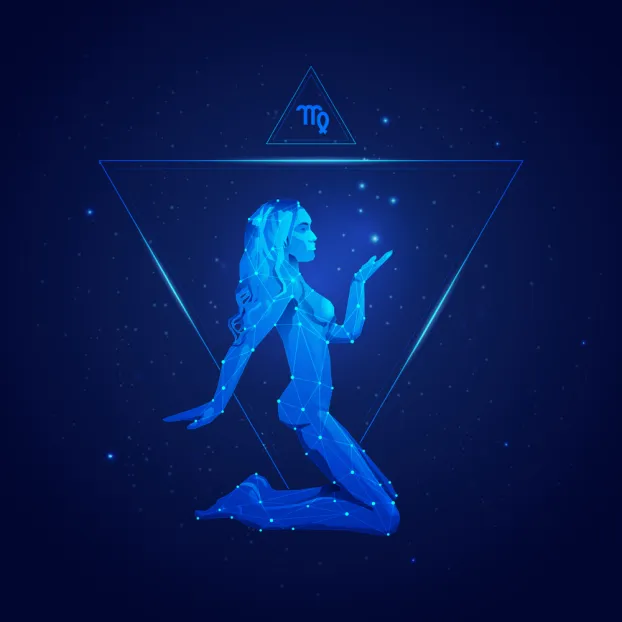All About the virgo Constellation

Explore The Virgo Constellation: Stars, Myths, and Naming Your Own Star
The Virgo constellation tells a story about being pure and making sacrifices. It sparkles brightly in the night sky, not just as stars but as a link to old stories and how ample and unique space is. Knowing about Virgo can make your stargazing adventures even more special whether you love looking at stars or want to give someone a special present.
Fun Facts
- ‘Virgo’ means ‘virgin’ in Latin, representing what the constellation represents in stories.
- The Virgo constellation has been recognized and revered by people for over 3,000 years.
- 20 stars in Virgo have planets orbiting them, showing how many different kinds of worlds could be out there in space.
- Among these is a gas giant ten times the size of Jupiter, circling one of Virgo’s stars in a distant dance.
- Virgo is a celestial hub containing numerous galaxy clusters, each comprising hundreds to thousands of individual galaxies.
An Overview
Without a clear representation of its namesake goddess, Virgo is often visualized as a skewed box, its stars scattering across the sky. Dominated by Spica, a luminescent blue giant, Virgo’s stars paint a story of ancient astronomy and celestial wonder. Virgo is visible from both hemispheres during different seasons and forms part of the Zodiac family, nestled between Leo and Libra in the sky’s tapestry.
Scorpio's Starry Features
Libra’s backstory is unique, lacking a direct Greek mythological narrative. Its roots extend to ancient Babylonian cultures, which likely viewed the constellation as a symbol of seasonal and diurnal balance, emphasizing its universal significance.
The Myth
Erigone’s tragic tale underpins Virgo’s stars, a narrative of loss and divine retribution following her father’s death by misled shepherds and her subsequent demise. Dionysis’ wrath upon Athens, culminating in Erigone’s celestial ascension, imbues Virgo with a somber legacy.
The Constellation
The Virgo constellation is a prominent feature in the sky, occupying the third quadrant. Notable stars within this constellation include Zavijah, Porrima, and the bright Spica. These celestial bodies offer a fascinating glimpse into various cosmic occurrences, such as binary star systems and red giant stars. The presence of these diverse phenomena underscores the significant astronomical significance of the Virgo constellation.
Star Naming: A Personal Touch
Naming a star in the Virgo constellation offers a timeless gesture for those seeking a heartfelt gift or a way to commemorate special moments. Ideal for weddings, engagements, or birthdays, this act connects personal milestones with the cosmos’s grandeur.
How To Name A Star
Choosing a reputable service is crucial when naming a star. Look for platforms offering official registration and detailed constellation maps, ensuring your celestial gift holds lasting value and meaning.
Virgo's Stars: A Gift Guide
The Virgo constellation provides a unique opportunity to gift a star to someone special, symbolizing purity, devotion, and eternal love, reflective of its mythological significance. Perfect for anniversary gifts or wedding presents, getting a star named after someone in Virgo’s celestial domain offers more than a mere stargazing experience; it becomes a deeply personal expression, connecting our lives with the universe’s vast mysteries. Whether you’re celebrating a pivotal moment or simply appreciating its radiant spread, Virgo invites you to traverse the cosmos’s depths and the spectrum of human emotion, making every occasion uniquely memorable.


